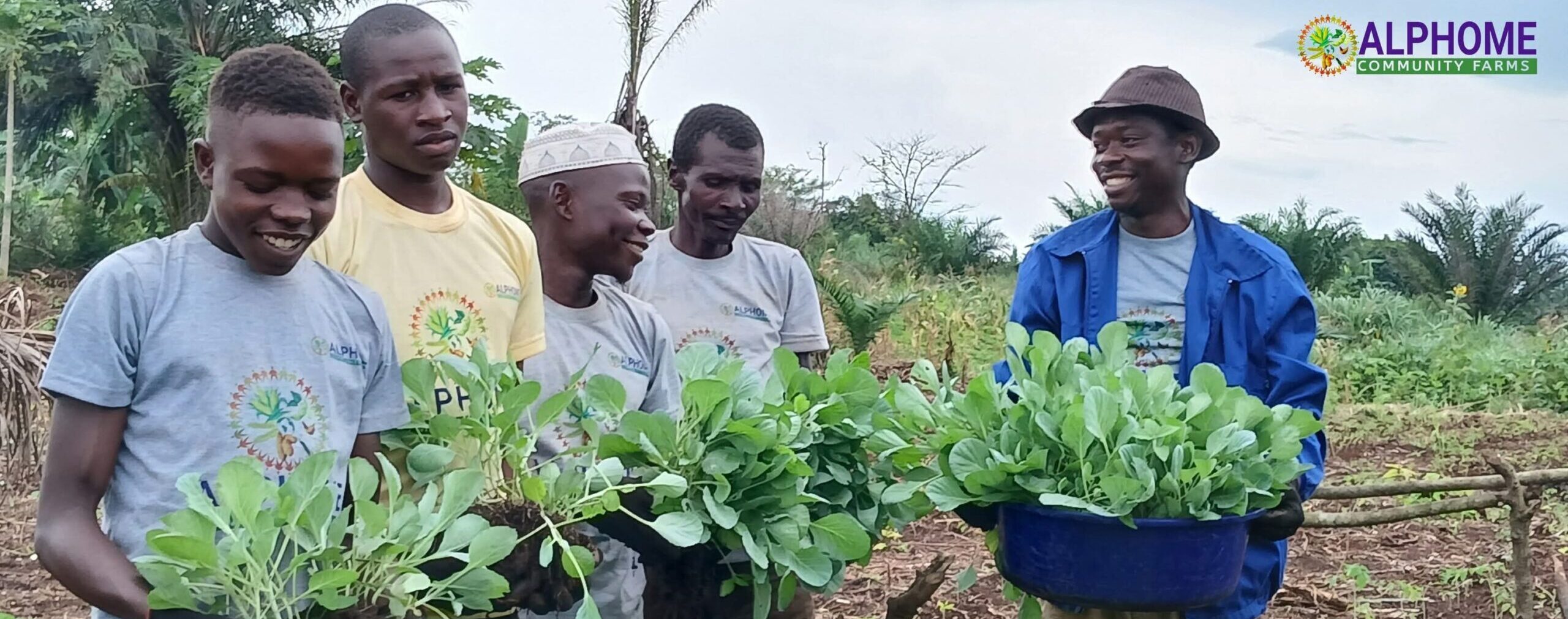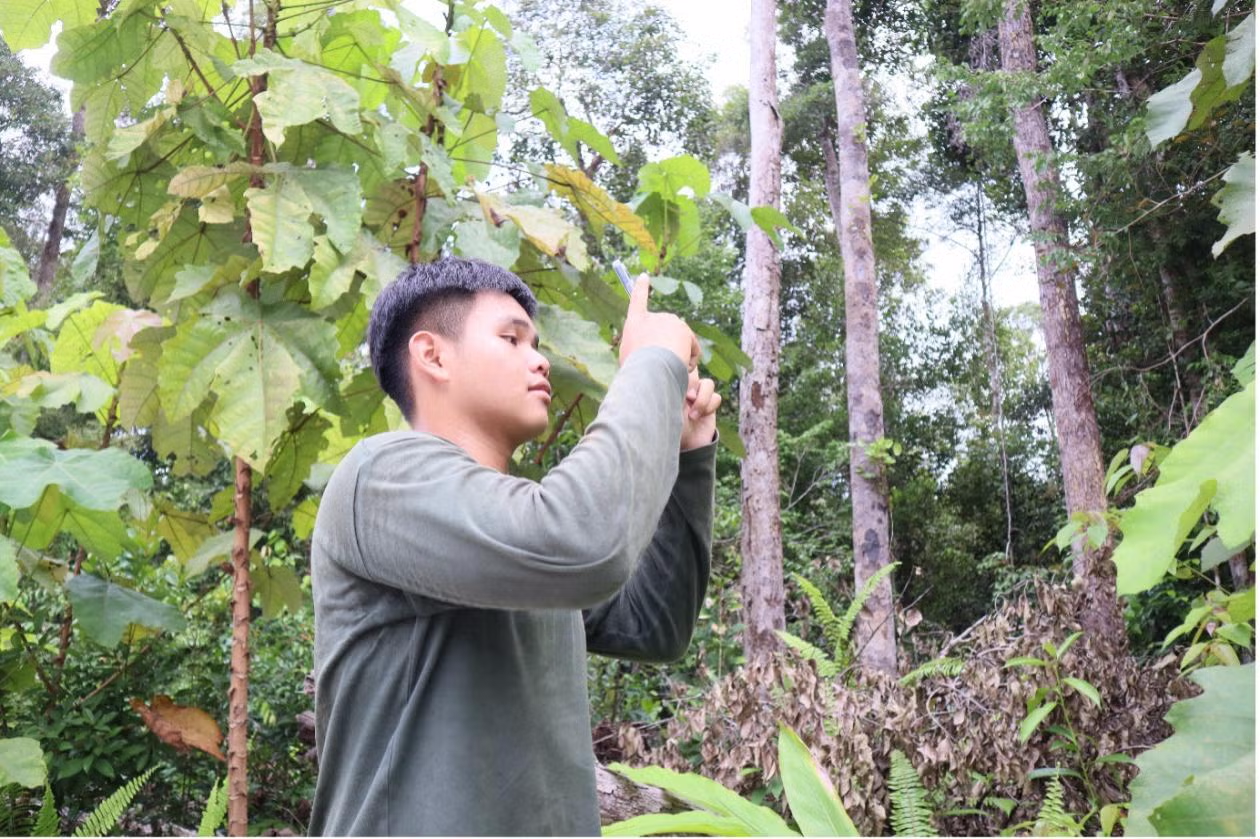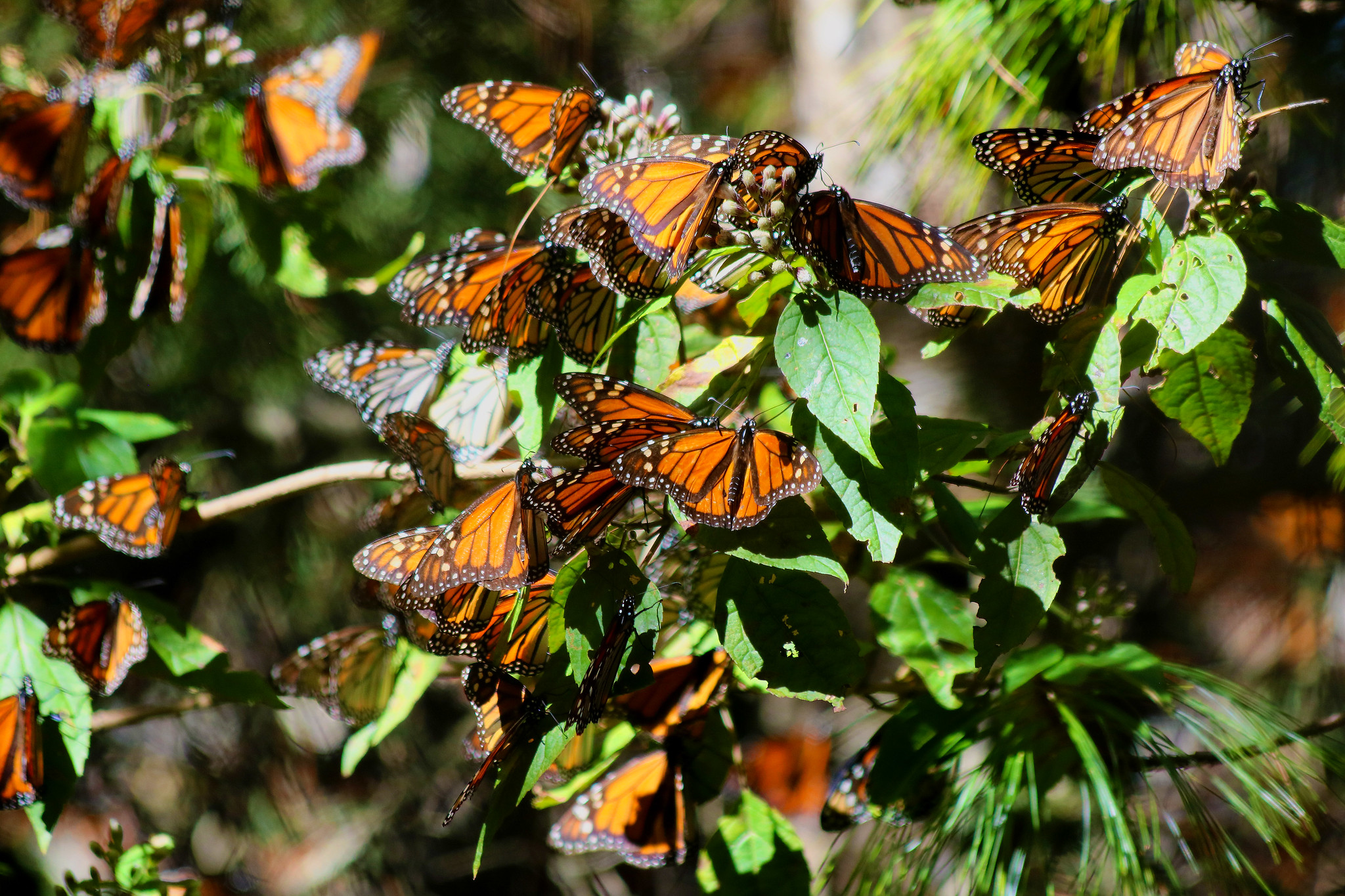Forest Carbon Data Helps Communities Benefit Financially from their Forests
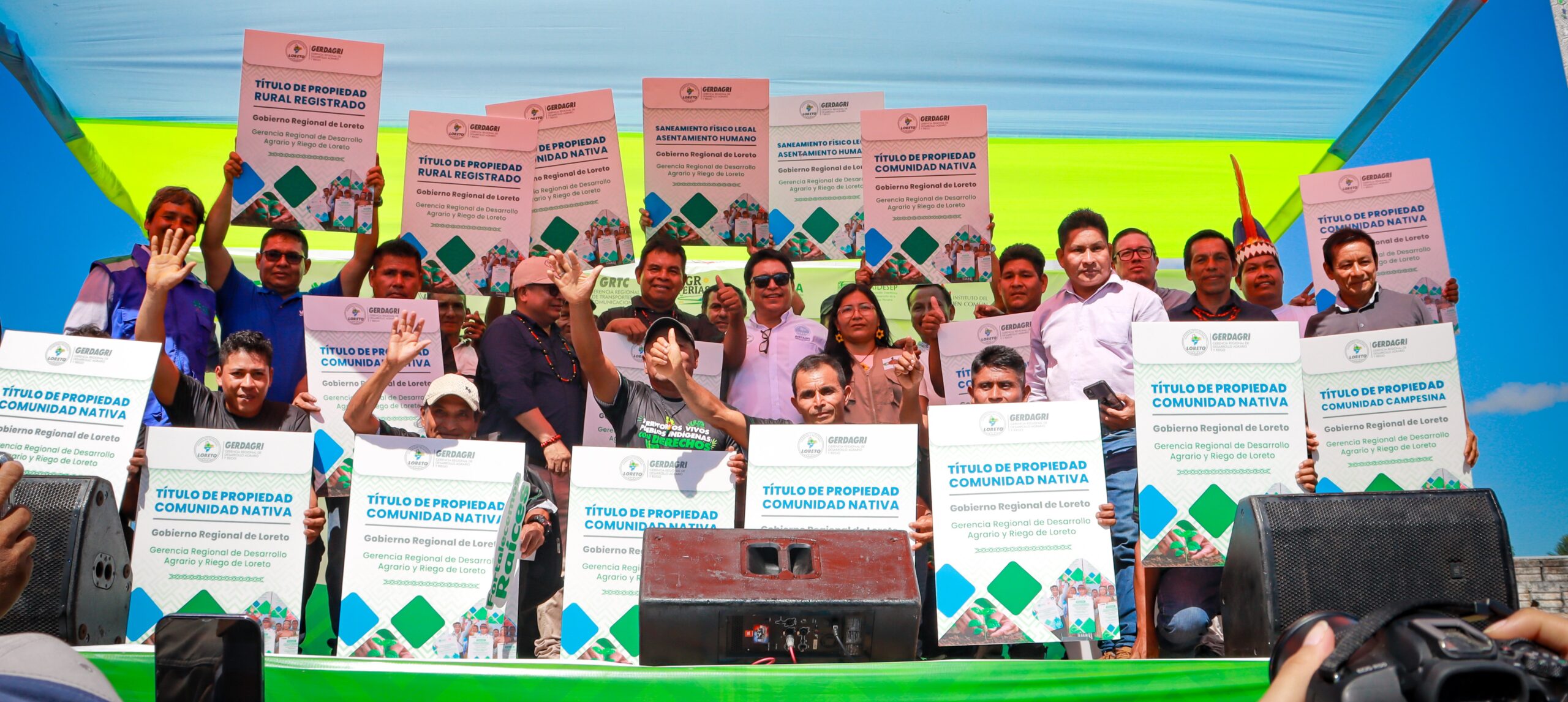
Titling ceremony in Loreto, Peru. Credit: Daniel Tuesta
Indigenous Peoples and local communities play a crucial role in protecting forests and the areas they manage tend to experience lower deforestation rates than other forests. In fact, forests managed by Indigenous Peoples in the Amazon Basin are some of the most effective carbon sinks on the planet. By maintaining these forests, they actively contribute to global climate change mitigation efforts.
New climate financing mechanisms are creating opportunities for Indigenous Peoples and local communities to generate revenue to support the long-term stewardship of their ancestral lands and forest resources. However, communities often lack access to the data and tools required to quantify forest carbon fluxes (emissions from forest loss and disturbance, and removals due to plant growth) and communicate their contributions in ways recognized by these mechanisms.
To help communities supply such data, Global Forest Watch (GFW) offers accessible, open-source maps and statistics on forest carbon fluxes. GFW’s interactive emissions, removals and net flux maps, with associated statistics, support action unlike any other forest carbon monitoring system. The maps are updated annually, allowing communities to tell the carbon story behind every pixel of forest.
Rainforest Foundation US (RFUS), a non-profit organization dedicated to securing Indigenous Peoples’ land rights across Central and South America, is working with Indigenous communities and their allies to use this data and information to access climate financing opportunities. Since 2016, RFUS has worked alongside Indigenous communities to leverage tools like GFW data to detect and stop land invasions in their territories. This has resulted in significant reductions in deforestation around some communities.
More recently, RFUS has collaborated with communities to interpret and apply GFW’s forest carbon data to help them access climate finance and participate in carbon-related decision-making. In recent years, GFW data on carbon fluxes has been an integral part of RFUS’ programming and advocacy for Indigenous Peoples’ rights.
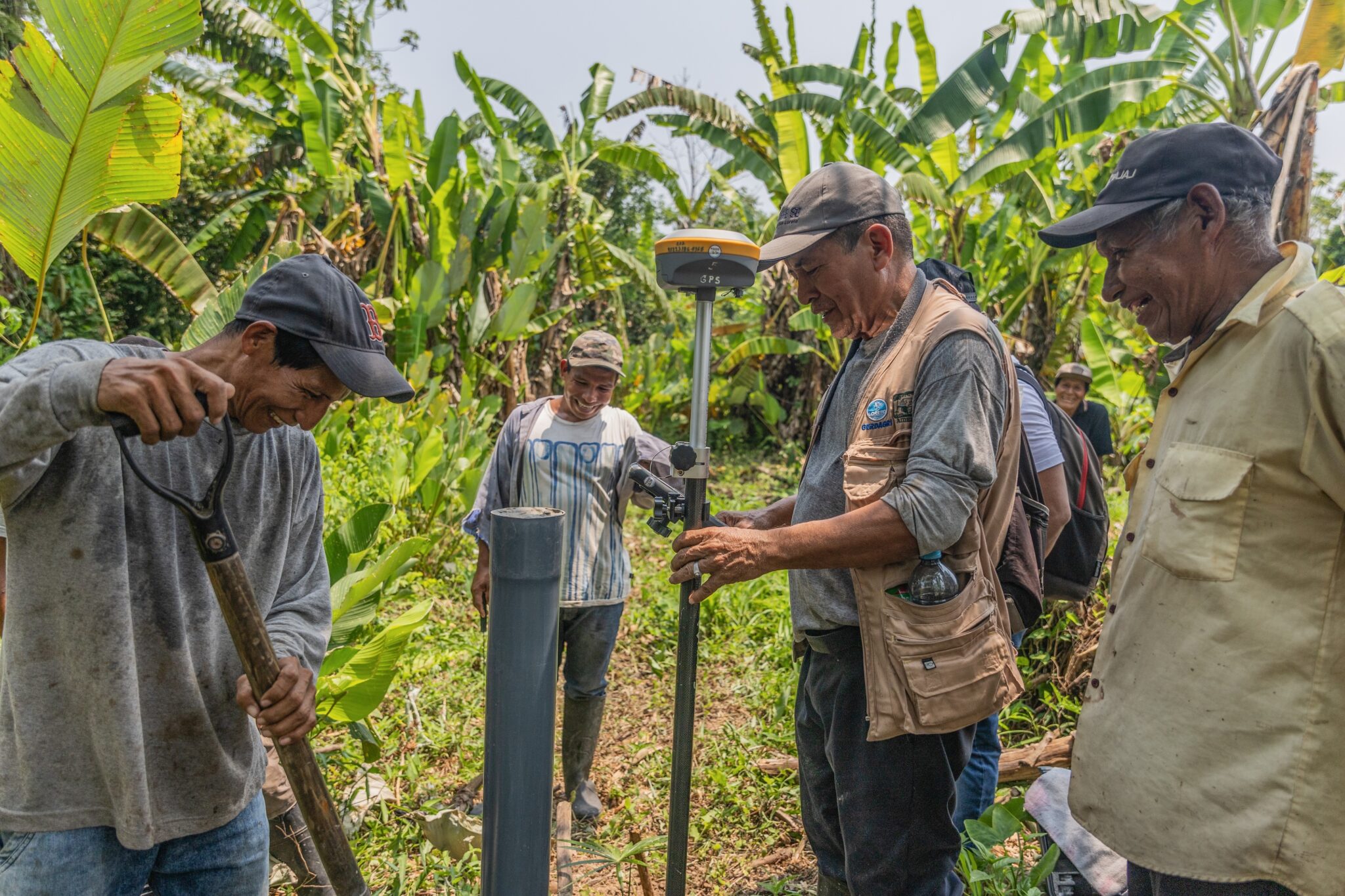
Read on to learn more about two case studies where RFUS is working with Indigenous communities to use GFW’s carbon monitoring data to strengthen the protection of their forests and rights.
Direct payments program as an alternative to carbon markets
External incentives can help communities carry out forest monitoring more consistently and effectively. They also help finance essential infrastructure and services, such as electricity, latrines and clean water systems, allowing communities to avoid turning to activities that drive deforestation, such as mining or commercial agriculture, and instead pursue livelihoods that keep forests standing and sequestering carbon.
To help provide these incentives, RFUS established a direct payments fund with support from private donors to compensate 32 communities in Ecuador and northern Peru for protecting over 350,000 hectares of standing tropical forest. For approximately two years, communities conducted forest patrols, documented evidence of land incursions and filed legal complaints to protect their territories. In this innovative direct payment program — which was independent of the carbon market and did not issue carbon credits — RFUS used GFW’s tree cover, tree cover loss, forest carbon removals and net forest carbon flux data to estimate the carbon sequestered by communities’ forests.
By using the custom area analysis tool on GFW’s dashboard, RFUS was able to quickly and easily estimate the standing forest area and carbon sequestration rates within the forests of participating communities. This data enabled RFUS and participating communities to quantify the climate benefits of their forests, providing a clear rationale for the payments. Based on this information, communities received 10 soles (~$4 USD) per hectare of standing forest per year, commensurate with Peru’s national forest payments program, Probosques.
Unlike carbon credits, these payments were not tied to reductions in emissions or reforestation. Instead, these payments were designed to recognize, support and honor communities’ continued stewardship of their forests. The only conditions attached to the payments were that the resulting projects had to benefit communities and receive full community approval. Furthermore, funds could not be used for activities that contributed to deforestation, and communities had to maintain deforestation rates within their recent average.
Communities used these funds to invest in priority projects such as continuing their traditional agricultural practices and initiatives, constructing solar panel arrays, sanitation systems, potable water systems, communal boats and sustainable economic development projects. The unique nature of this program — making payments directly to communities based on public GFW carbon monitoring data — gave communities greater autonomy and agency to invest in and manage the projects they chose.
In the Peru-Colombia-Brazil tri-border area, Ticuna communities used the funds to advance their land titling efforts. By using the funds to cover the costs of surveyors and legal support, the communities secured an additional 45,000 hectares of titled land, creating a contiguous Ticuna territory along the banks of the Amazon River. They are also piloting a collaborative titling effort with the regional government of Loreto that has since expanded across the state of Loreto, 59 territories, and over 100,000 hectares in three years.
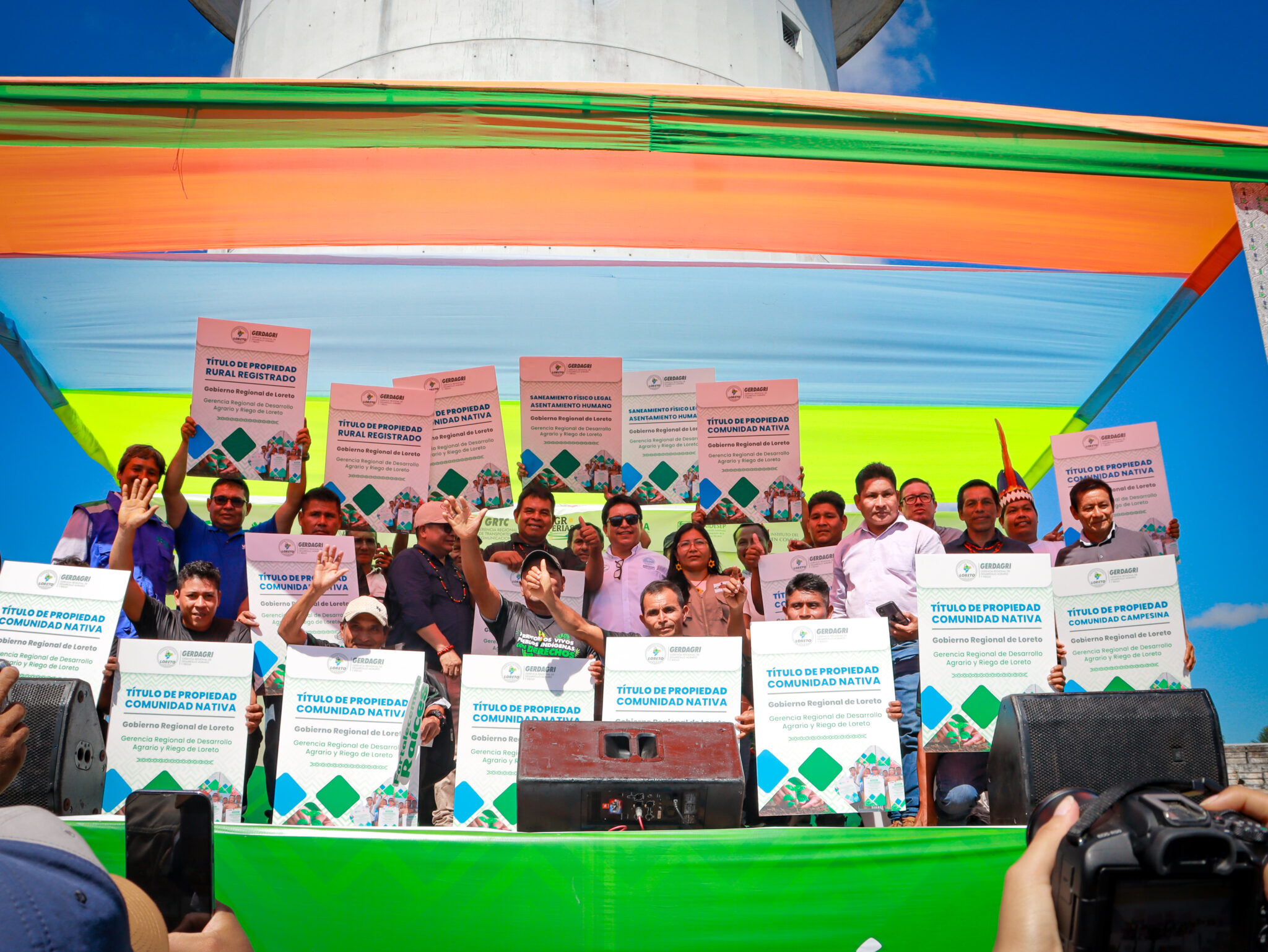
Across the border in Ecuador, the Indigenous community of Sarayaku is one of the largest territories to receive these direct payments, which they have used to invest directly in their “life plan,” or Kawsak Sacha, which in Kichwa means “The Living Forest.” This reflects the Sarayaku’s philosophy of being an integral part of the forest ecosystem, as well as their vision for the future. While the funding available through this program did not cover all elements of the life plan, the funds and decisions were managed autonomously by the Sarayaku communities. They focused primarily on community infrastructure projects that resulted in significant improvements in the quality of life for community members.
Samai Gualinga, Vice President of the Sarayaku community, said of the direct payments program: “a new standard of fair compensation and retribution is being created … it’s necessary to seek our own ways of monitoring our territory … to have our own databases … to show how much biodiversity and carbon we have … we need economic funds to support the families working on our monitoring projects.”
Scaling this direct payment program across the Amazon Basin may be difficult. However, the flexibility of GFW data allowed RFUS to put climate financing directly in the hands of Indigenous Peoples and support locally-led climate finance outside of carbon markets.
Informing community roles in national carbon credit deals
In 2022, the national government of Guyana signed a jurisdictional REDD+ deal to sell $750 million worth of carbon credits from reducing deforestation in the country (REDD+ is a framework for paying developing countries when they reduce emissions from deforestation). Guyana was the first country to sell carbon credits at the national level and the deal requires that the revenue from the sale of credits are distributed to communities around the country through a process of benefits sharing. Under this deal, 242 Indigenous communities opted in to receive the proposed 15% share of the benefits from the sale to support community led projects.
RFUS uses GFW forest carbon data to help inform communities in Guyana about how forests emit and sequester carbon, how these can be estimated and monitored, and to calculate the amount of carbon being sequestered on both titled and customary lands. While RFUS and local partners such as the Amerindian People’s Association are not using GFW’s data to dispute Guyana’s national REDD+ calculations, GFW data informs Indigenous organizations on how the contributions of their communities are or are not reflected in the benefit sharing program.
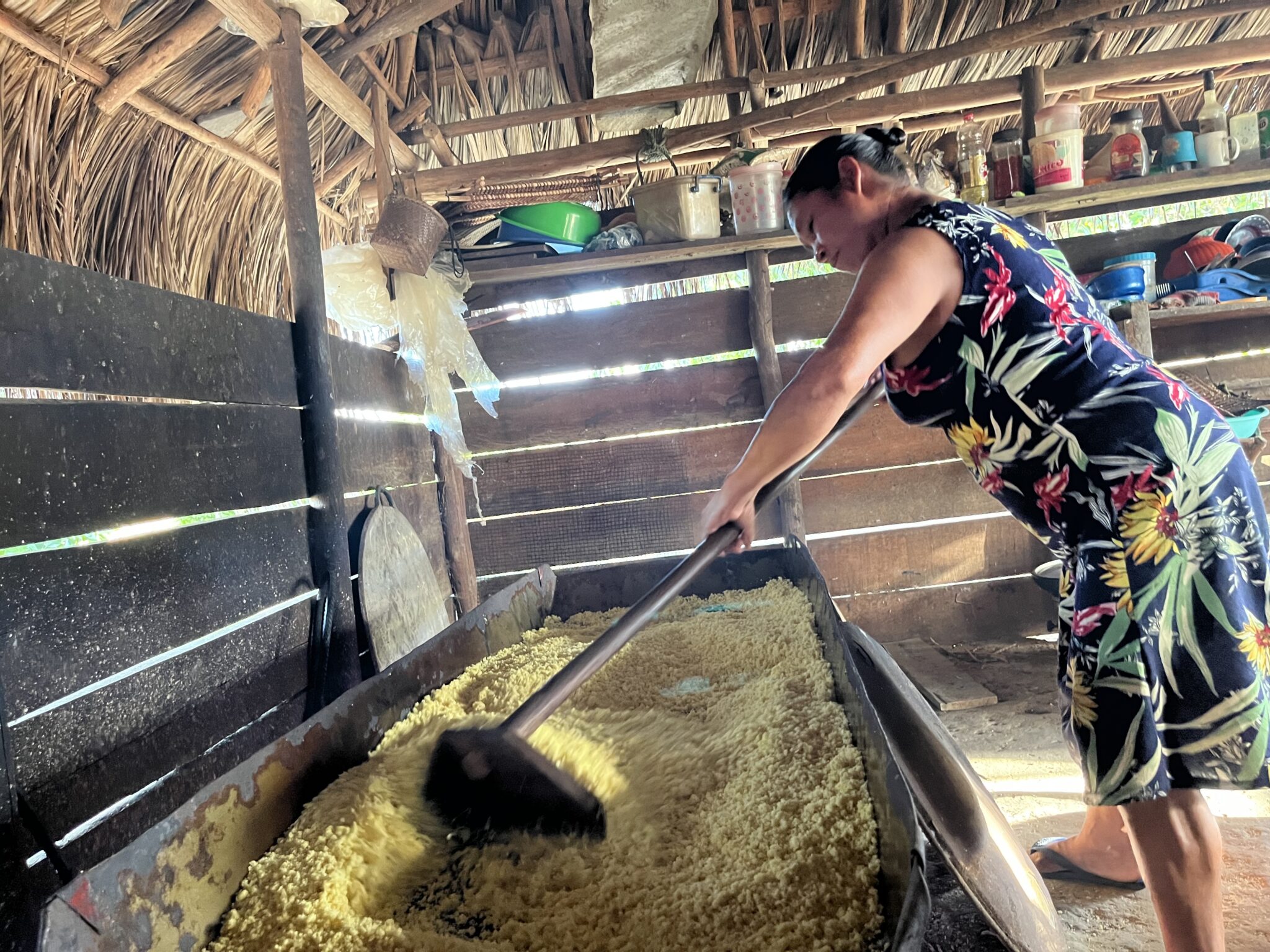
For example, in the South Rupununi region of Guyana, of the 2.9 million hectares of customary Indigenous land in Wapichan Wiizi, around 590,000 hectares have been formally recognized by the government. The unrecognized Indigenous lands account for the bulk of the area and an even higher percentage of the territory’s forests since many Guyanese land titles were granted primarily for savanna areas rather than for forests. The South Rupununi District Council (SRDC) uploaded their land claim (delineated over years of community mapping) to GFW and saw that just their customary territory alone accounts for nearly 10% of Guyana’s overall annual carbon sequestration. This and other WRI data have generated key figures for ongoing collaborative discussions between the SRDC and the government of Guyana regarding formal recognition of these customary lands and potential designation of the area as a community conserved area.
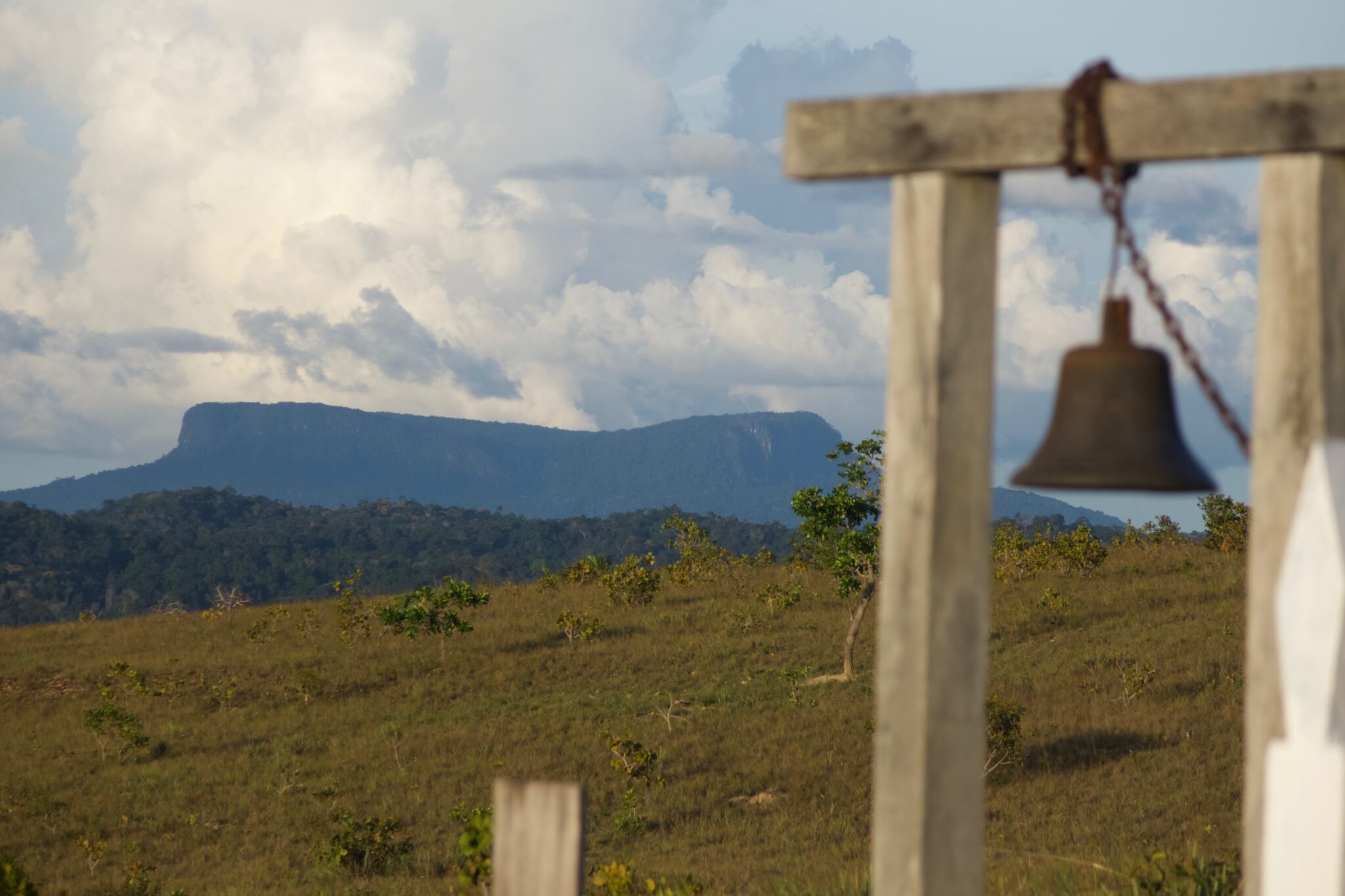
“Carbon and carbon sequestration are abstract concepts that can easily get lost in national policy discussions and financial transactions,” said Linburg Pearson, Mapping and Monitoring Leader at Amerindian People’s Association. “GFW data has helped us understand the role that specific communities and lands play in regard to carbon emissions and sequestration.”
Democratizing data helps make forest protection more equitable
GFW’s open-source data is helping to promote transparency and broaden access by making critical information on forests and carbon emissions and sequestration accessible to communities. This helps bridge the gap between Indigenous communities and sources of finance, creating more equitable and just opportunities.
In this vein, GFW’s forest carbon monitoring data has been an important resource for RFUS and the communities they work with, illustrating how free, global carbon emissions and sequestration maps can support forest monitoring on a community level and improved outcomes for communities. These examples from Indigenous and local communities effectively using the carbon data to improve their livelihoods and democratize data can shed light on how to create more equitable and responsive financial mechanisms that prioritize the needs and rights of forest protectors.
This work builds on WRI’s broader commitment to support Indigenous Peoples and local communities in securing rights, protecting forests and strengthening climate resilience. Learn more here about how GFW and WRI are supporting Indigenous Peoples and local communities.
